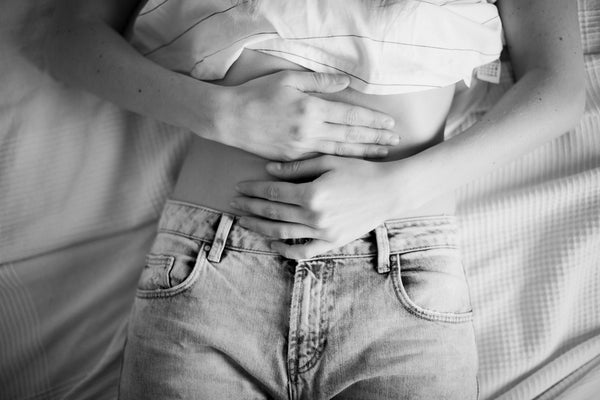How we Talk About (and Treat) Female Pain

It is (almost) universally acknowledged that gender stereotypes seep into all facets of life. Healthcare is no exception and women continue to be handled differently in medicine, specifically in the context of pain diagnosis and treatment.
Now we’re talking health here. Science. And it’s true that there are some basic biological differences in women and men that do explain some of the discrepancy in how their disorders are treated. Women have smaller organs, more body fat, and often metabolize certain drugs at different rates than men. But there are other differences that can only be explained by gender bias.
Last year The Atlantic published a piece on female pain in which a man recounted the details of his wife’s visit to the ER. She was suffering from ovarian torsion. An excruciating, dangerous, and potentially lethal medical condition (aka it was an emergency). But her cries of pain went unheard in the ER. She asked for painkillers, and her cries were met with patronizing comments like “don’t cry,” “it’s a busy ER.” It seemed that everyone just assumed that girls would be girls, they would overreact and they would cry and there was little anyone could do about it. Even doctors.
Arguably the most cited study of the gender difference in pain diagnosis was conducted at the University of Maryland in 2002. Their study came to three very important conclusions:
- Women are likely to report more severe, more frequent and longer lasting bouts of pain than men.
- It is still unclear whether this is due to biological differences between men and women, or psychosocial pressures on men and women.
- Even though women report greater levels of pain, they are treated less aggressively for pain, than men.
There are many factors, biological and cultural, that could contribute to differences in pain tolerance and willingness to express pain. Women and men have different hormonal balances and cycles. These hormonal differences, especially in the context of reproductive hormones could contribute. There are sex differences in the nervous system, the human body’s mechanism for interpreting stimuli from the world, that could alter the way men and women perceive pain.
There are also major cultural differences in how men and women are taught to react to and describe pain. Boys from a young age are discouraged to express their emotions. Even at five years old boys are less likely to report being hurt than their girl counterparts. One study showed that adult women were equally likely to report pain to either a female or a male researcher, but male subjects were far less likely to report pain to a female researcher. Basically, women and men are taught about pain differently from such a young age, that at the point of adulthood it’s difficult to tease apart what is caused by biology and what is influenced by environment.
Ones ability and agency to express pain is fascinating and the gender differences here are enormous. When it becomes dangerous for women is when the treatment of this pain becomes biased. And women are treated less aggressively than men for pain. Even though they report greater levels of pain, and are more likely to be diagnosed with chronic pain syndrome.
Despite the willingness and courage to express it, women must still prove their pain and even then, they might not get the treatment they need.
0 comments